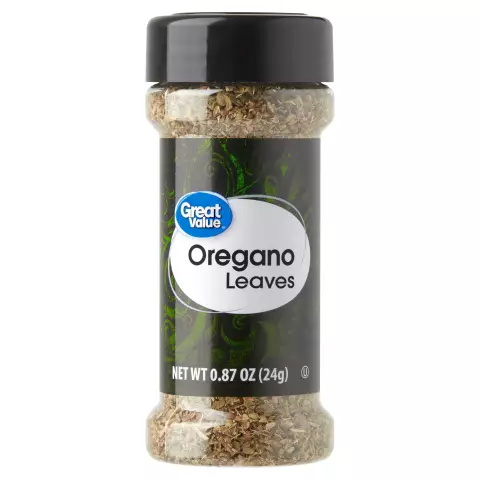- Author Rachel Wainwright [email protected].
- Public 2023-12-15 07:39.
- Last modified 2025-11-02 20:14.
Haddock
Haddock is a large commercial fish of the cod family (order cod). This fish has been used by humans for food for a long time. In terms of industrial catch, fish ranks third in the world (after pollock and cod). About 0.6-0.7 million tons of fish are caught annually, although haddock is listed in the Red Book.
The ratio of BJU in the product

Source: depositphotos.com How to burn 73 kcal?
| Walking | 18 minutes |
| Jogging | 8 minutes |
| Swimming | 6 minutes |
| A bike | 10 min. |
| Aerobics | 15 minutes. |
| Household chores | 24 minutes |
The length of the fish is 55-70 centimeters, the weight of haddock is usually two to three kilograms. The body of this fish is silvery, relatively high, slightly flattened from the sides. The sides of the haddock are lighter in comparison with the body, and the belly is milky-white. On each side, in the head region, this fish has an oval speck - a kind of identification mark that looks like fingerprints. According to it, fish quickly recognize each other and gather in schools to protect themselves from predators - large fish or seals. The hallmark of haddock is the presence of three dorsal and two anal fins.
Nutritional value and calorie content of haddock
One hundred grams of raw product contains 16.32 g of protein and 0.45 g of fat, as well as 11 mg of calcium, 0.17 mg of iron, 21 mg of magnesium, 227 mg of phosphorus, 286 mg of potassium, 213 mg of sodium, 0.32 mg of zinc, 0.021 mg copper, 0.011 mg manganese, 25.9 μg selenium.
In addition, the fish pulp contains tryptophan (0.212 g), isoleucine (0.871 g), threonine (0.829 g), lysine (1.736 g), leucine (1.537 g), cystine (0.203 g), methionine (0.56 g)), phenylalanine (0.738 g), valine (0.974 g), histidine (0.557 g), arginine (1.131 g). The fish also contains aspartic acid (1.936 g), glutamic acid (2.822 g), serine (0.771 g) and alanine (1.143 g).
The calorie content of haddock is much lower than the calorie content of other members of the cod family.
The calorie content of haddock is 74 kcal per 100 g of raw fish.
The beneficial properties of haddock
The beneficial properties of haddock are identical to those of cod pulp.
The beneficial properties of haddock for the human body are due to the content of especially nutritious and healthy fat. The fat of this fish accumulates in the liver. It contains iodine, phosphorus, essential amino acids, polyunsaturated fatty acids from the Omega-3 series - eicosapentaenoic and alpha-linolenic, as well as vitamins A and D. Regular consumption of fish oil ensures the full functioning of the brain and eyes, helps to lower the concentration of cholesterol in the blood plasma, and also accelerates the process of recovery from various diseases. That is why haddock fat is often included in the composition of various drugs.
One hundred grams of fish contains 44% of the daily dose of selenium, which plays an important role in the absorption of carbohydrates and fats in the human body.
Its pulp contains a lot of protein - the main building material and a necessary component for the production of immune antibodies.
Haddock pulp is very easily and quickly digested in the digestive tract, as it does not contain elastin (insoluble protein). The pulp is ideal for diet food.
Eating fish has a beneficial effect on the condition of the skin, hair, nails and all mucous membranes of the body. It is especially useful to include it on the menu during pregnancy.
Haddock cooking methods
Haddock pulp is suitable for preparing a wide variety of delicious dishes. Its delicate and mild taste goes well with various vegetables and spices, as well as hot and sweet and sour sauces. You can make dumplings, pies, fish cakes, soufflés, casseroles from elastic fish fillets.

This fish can be fried, boiled, smoked, salted, steamed. It is best to fry haddock in a ceramic skillet without adding oil.
Dense and large fish scales should be removed best with the skin.
Haddock storage conditions
Fresh or chilled haddock spoils very quickly. Therefore, the fish should be placed in a special container and kept in the refrigerator for no more than two days at a temperature of -18 ° C and below.
This fish can be stored in the freezer for up to six months. Before freezing, haddock should be divided into portions.
YouTube video related to the article:
Found a mistake in the text? Select it and press Ctrl + Enter.






